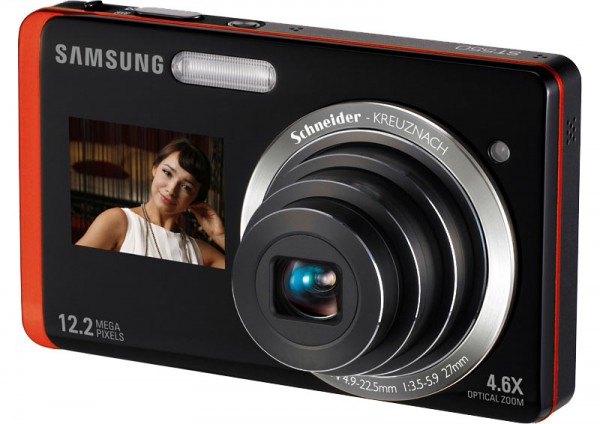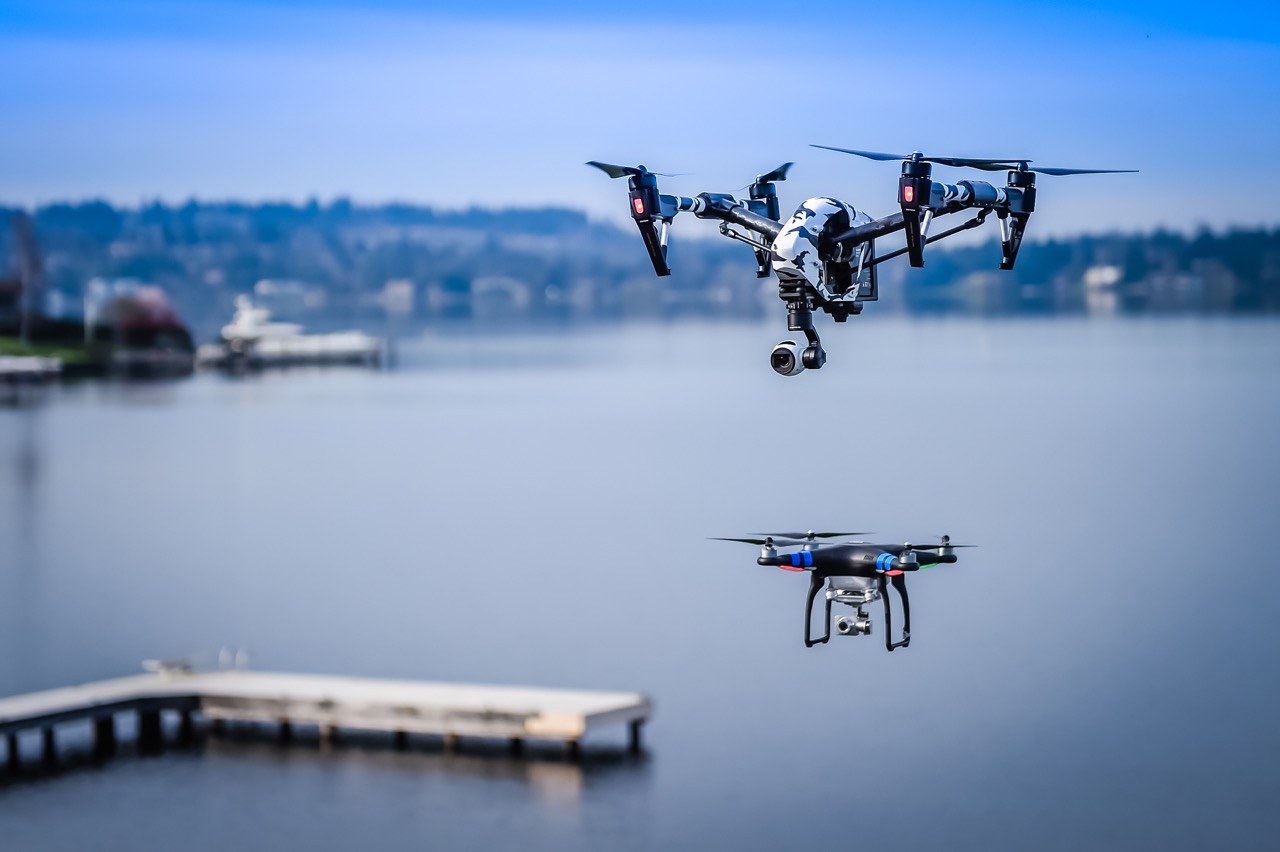
Taking photos has never been easier. As far back as the 1820’s, man has had to resort to ancient daguerreotypes that, although aesthetically pleasing, took a lengthy amount of time to catalog the interesting pose to small plates. Today however, using a camera is an innovative and quick process that is constantly changing to fit the nature of the technological age.
With the newer forms of photographic equipment on the market, it can be difficult to find the perfect machine for your needs. There are so many newer models that it can be rather daunting to browse through the selections too. If you are aware of the features you are looking for, then it may be beneficial to search either online or via the store clerk to give you a narrower list based on those specifications.
For many users, the single lens machines will often be the simplest choice, although the functions can be somewhat complex. On a small and compact camera, there are many controls and options that allow you full power over the type of picture you take. There is no reason why you should have to miss out on an important work of art simply because of a missing application. However, the problem with this is that the camera may work a little sluggishly in some areas, which means that your chosen appliance should be tested before you buy.
With most cameras, the standard is incredibly high, as the competition in electrical markets is rife with tempting models to decide on one specific item to suit your needs. For those with a low budget, it is unfortunate that a lot of performance and quality is lost unless you prepare to invest in a more expensive model.
In the average picture box, the external design is often enough to sway you towards a purchase. There is very little difference with the looks of the machines, as many have the newer facilities like the rotating LCD screen that enables the user to be fully in control of the shots, especially when it comes to wide view panoramic pictures. There has been a tendency for the LCD to be rather flimsy in comparison to the bulkier counterparts,. Although the resolution is largely uncompromised on both models, the thinner screen should be for the more experienced of photographers.
In addition, the internal functions should be accessed through a user friendly menu. Features such as optical zoom and stabilizing image options that reduce the blurry effect of shaking will often come as normal, although you many need to ensure that the quality remains high. With fast adjust rates you will be able to capture images almost immediately after start-up without it being sluggish to load.
Depending on the nature of your picture taking journey, there is often a machine for everyone. No matter the store, there will always be the opportunity for comparison of the more important selections. You should also never believe that those at a lower price are an indicator of lower quality.










Comments